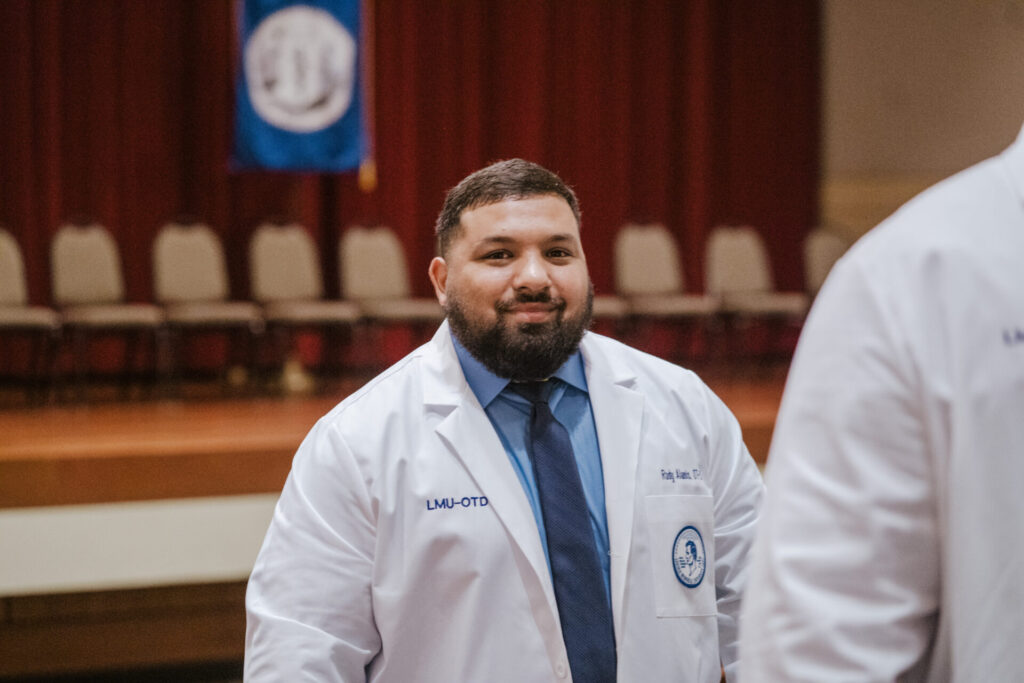- Find a DoctorDoctors by Specialty
- Cardiac Electrophysiology
- Cardiology
- Colon & Rectal Surgery
- Family Medicine
- Gastroenterology
- General & Vascular Surgery
- Gynecological Oncology
- Gynecology
- Infectious Disease
- Internal Medicine
- Interventional Cardiology
- Interventional Radiology
- Nephrology
- Neurology
- Neurosurgery
- Obstetrics & Gynecology
- Oncology
- Oncology & Hematology
- Orthopedic Surgery
- Otolaryngology
- Perinatology
- Psychiatry
- Pulmonary Medicine
- Radiation Oncology
- Rheumatology
- Sleep Medicine
- Thoracic Surgery
- Urology
- View All Doctors
- Our ServicesMedical Services
- Bariatric Services
- Behavioral & Mental Health
- Breast Care
- Cancer Care
- Critical Care
- Ear, Nose, & Throat
- Emergency Services
- Gastroenterology
- Glossary
- Heart Care
- Home Care
- Hospice & Palliative Care
- Imaging & Diagnostics
- Long-Term Care
- Nephrology
- Orthopedics
- Primary Care
- Rehabilitation Therapies
- Robotic-Assisted Surgery
- Sleep Services
- Spine Care
- Stroke Care
- Surgery Services
- Telehealth Services
- Urology
- Urgent Care
- Virtual Urgent Care
- Women’s Services
- Wound Care
- Our Locations
- Patients & Visitors
- About Us

Parkwest patient walks with confidence after PAD surgery
Walking down the street, up the stairs or at home, we tend to take our steps for granted until something stops us in our tracks.
Don Proaps, 71, relaxes for a moment in his home in west Knox County, recalling how his steps came to a halt. It started with unexplained pain in his feet that spread to his ankles and then up through his legs.
“It was pretty bad,” Proaps says. “I couldn’t walk around the yard, and I couldn’t walk up the steps good.”
The only thing that seemed to slow the pain down was rest. That sounds simple enough, but Proaps says it was a big hassle in situations that called for a lot of walking.
“Like at the mall,” Proaps says. “Every so often I’d just have to stop and sit down”
For a long time, Proaps says he “chalked it up to old age and arthritis.” The pain intensified over time. Proaps’ family doctor made a referral to Parkwest Medical Center vascular surgeon C. Scott Callicutt, MD, who has seen this kind of thing many times before. Dr. Callicutt says Proaps had the symptoms of peripheral artery disease (PAD).
“Unless you stop walking, the pain’s just going to get worse,” Dr. Callicutt says. “Generally, that’s what happens. People walk to a point, their legs hurt, their legs are fatigued, they stop, the pain goes away, and then they’re able to walk again. That’s what was going on with Mr. Proaps.”
PAD is a problem with circulation in arteries that carry blood from the heart to the limbs. It affects about 10 million people in the U.S., and left untreated can progress to problems like foot wounds that won’t heal, development of gangrene, limb loss and even death.
Dr. Callicutt explains that plaque can build up in arteries, causing them to get narrow, and that results in a lack of blood flow to certain areas of the body. “The muscles are demanding more as you walk. It gets to a point where the supply can’t meet the demand because of the blockage,” Dr. Callicutt explains. “The muscles start to hurt because they’re not getting enough blood flow or oxygen.”
There are minimally invasive ways to treat PAD, but Proaps’ case was too advanced for them. Fortunately, Dr. Callicutt and Parkwest Medical Center are experienced in vascular surgery procedures that offer the highest level of care to patients like Proaps.
“We went in with the dye test and the arteriogram to see if there was anything we could do minimally invasively,” Dr. Callicutt says. “He was beyond the stage of ballooning and stenting or removing the blockage, so we moved to bypass as the best long-term option.”
Peripheral artery bypass is a type of surgery that reroutes the blood supply around a blocked artery. Dr. Callicutt used a graft to replace the blocked part of the two arteries that were causing problems for Proaps.
Proaps is pleased with the results. “I can get around pretty good now,” he says, “and I believe I’ll keep getting better.”
It’s a much better scenario than what might have awaited Proaps if he hadn’t undergone the surgery. Dr. Callicutt says the complications can be devastating.
“His lifestyle would continue to be impacted, he wouldn’t be able to walk or do his activities of daily living,” Dr. Callicutt says. “There is a risk of limb loss if this disease progresses.”
Proaps is glad he finally has answers and a solution to his pain with surgery at Parkwest Medical Center, and he’s also glad he found Dr. Callicutt. “He’s really good and very smart,” Proaps says. “He knows what he’s doing!”

























